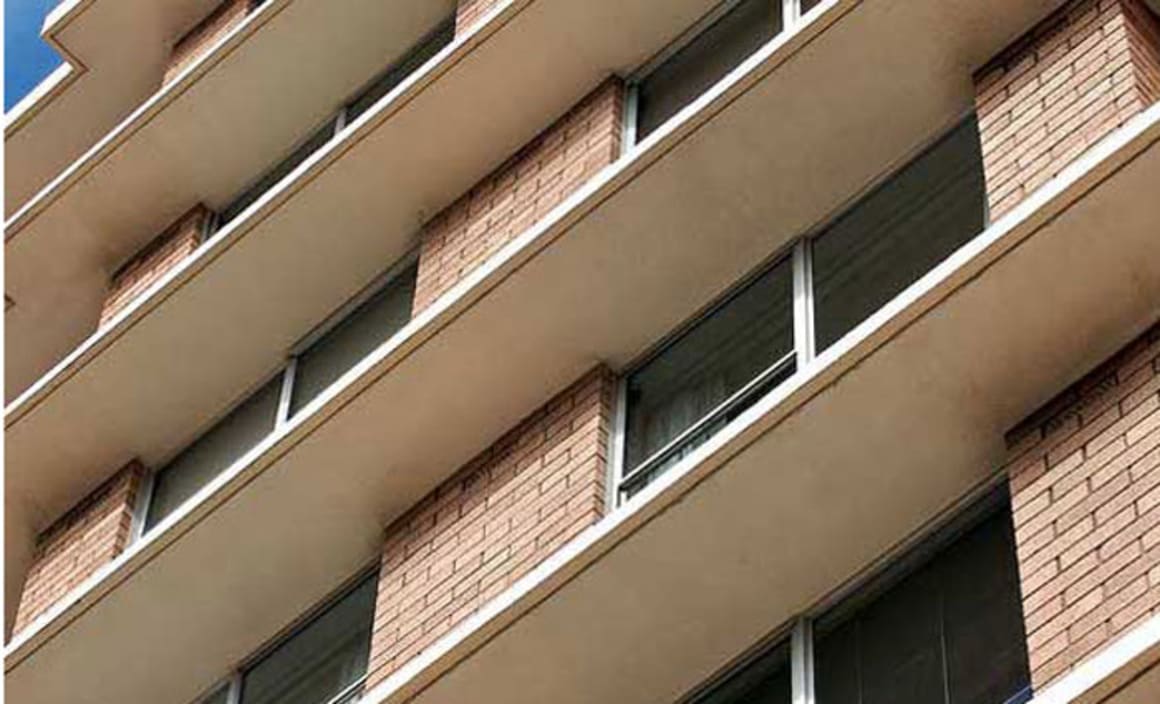Sydney dwelling values slip in September, but apartments aren't the current weakness

While the September results had dwelling values edging 0.2% higher across Australia over the month, Sydney dwelling values slipped 0.1% lower over the month.
Sydney’s quarterly result was the slowest since values declined by 2.2% over the March quarter of 2016 and it’s the first month-on-month decline after 17 months of consistent capital gains, CoreLogic advised.
"Interestingly, across the Sydney housing market, it was the detached housing sector that pulled the monthly and quarterly growth rates lower," Tim Lawless, CoreLogic head of research said.
"While unit values are also appreciating at a slower rate, detached housing values were 0.3% lower over the month of September and 0.2% lower over the quarter while unit values recorded a subtle rise.
"For the Sydney housing market, concerns around unit oversupply is less evident compared with the Brisbane unit sector, or to a lesser extent with Melbourne," Mr Lawless said.
“Potentially the affordability challenges facing Sydney buyers within the detached housing sector are pushing more demand towards the medium to high density sector, where, based on median values, houses are almost $290,000 more expensive than units.”
Index results as at September 30, 2017
Change in dwelling values Month Quarter Annual Median value
Sydney -0.1% 0.2% 10.5% $909,613
Melbourne 0.9% 2.0% 12.1% $703,816
Brisbane 0.3% 0.5% 2.9% $490,208
Adelaide 0.0% 0.3% 5.0% $429,583
Perth 0.1% -1.3% -2.9% $462,783
Hobart 1.7% 3.4% 14.3% $391,618
Darwin -0.7% -4.0% -4.7% $445,516
Canberra 0.6% 1.3% 7.8% $580,043
Combined capitals 0.3% 0.7% 8.5% $648,845
Combined regional 0.1% 0.0% 5.6% $350,471
National 0.2% 0.5% 8.0% $540,647
Melbourne’s housing market is also showing slower growth conditions, however growth remains relatively resilient compared with Sydney. Dwelling values were almost 1% higher over the month of September and rose by 2.0% over the September quarter.
Mr Lawless said the stronger housing market conditions in Melbourne are supported by auction clearance rates which have consistently remained above 70%.
"Additionally, advertised stock levels remain remarkably low and private treaty sales continue to sell rapidly, averaging 30 days on market.”
The remaining capital cities have shown a diverse performance over recent months.
Perth dwelling values look to be moving through the bottom of the cycle, with values edging 0.1% higher over the month, however values remain down over the quarter and year.
For Darwin, the housing market isn’t showing the same signs of bottoming out with dwelling values slipping 0.7% lower over the month and 4% lower over the September quarter.
In Brisbane, the market has seen a growing divergence between the performances of houses compared with units; house values were 0.2% higher over the month to be 4.0% higher over the year, while unit values showed an increase over the month but remain 2.5% lower over the past year.
Adelaide dwelling values held firm over the month but have shown a 5.0% rise over the year.
Hobart further cemented its position as the best performing housing market after a recent history of sluggish growth conditions.
The past twelve months has seen Hobart dwelling values surge 14.3% higher; the highest annual growth rate since 2004.
Despite the strong capital gains, the cost of housing remains substantially lower than any other capital city with a typical house value of $412,340 and a median unit value of just under $320,000.